My life before the leak
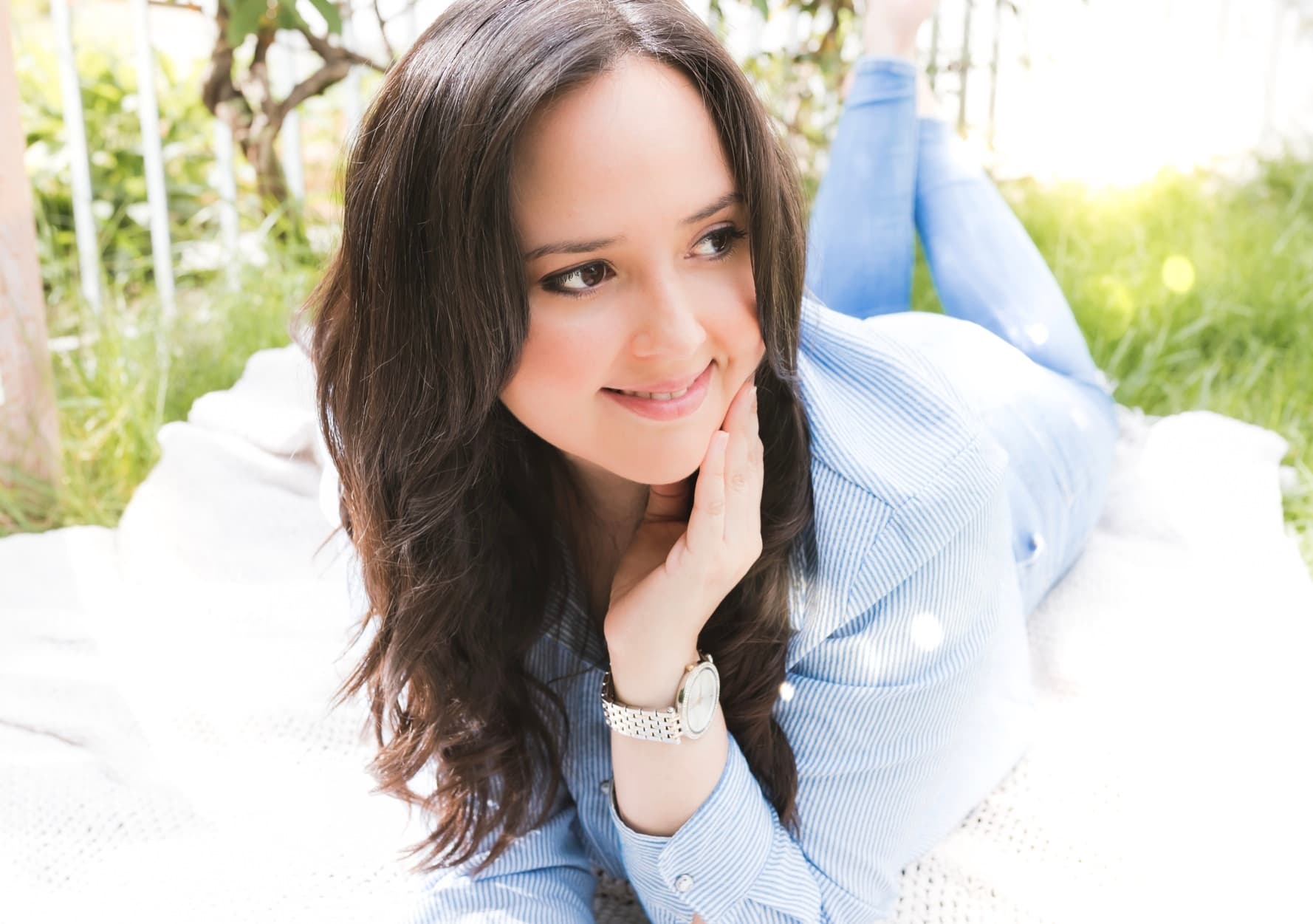
Hi, my name is Carolina. I am a Honduran living in Switzerland for over 13 years. I have two wonderful kids (Lara, 6 and Diego, 4) and I was a leaker patient from March 2018 until February 2021.
I was a very active, healthy, and independent person. I enjoyed my role as a mother taking care of my first child and waiting for my second one. I had taken a career break in order to spend quality time with my kids but had planned to return to work after Diego’s first birthday.
How my leak started
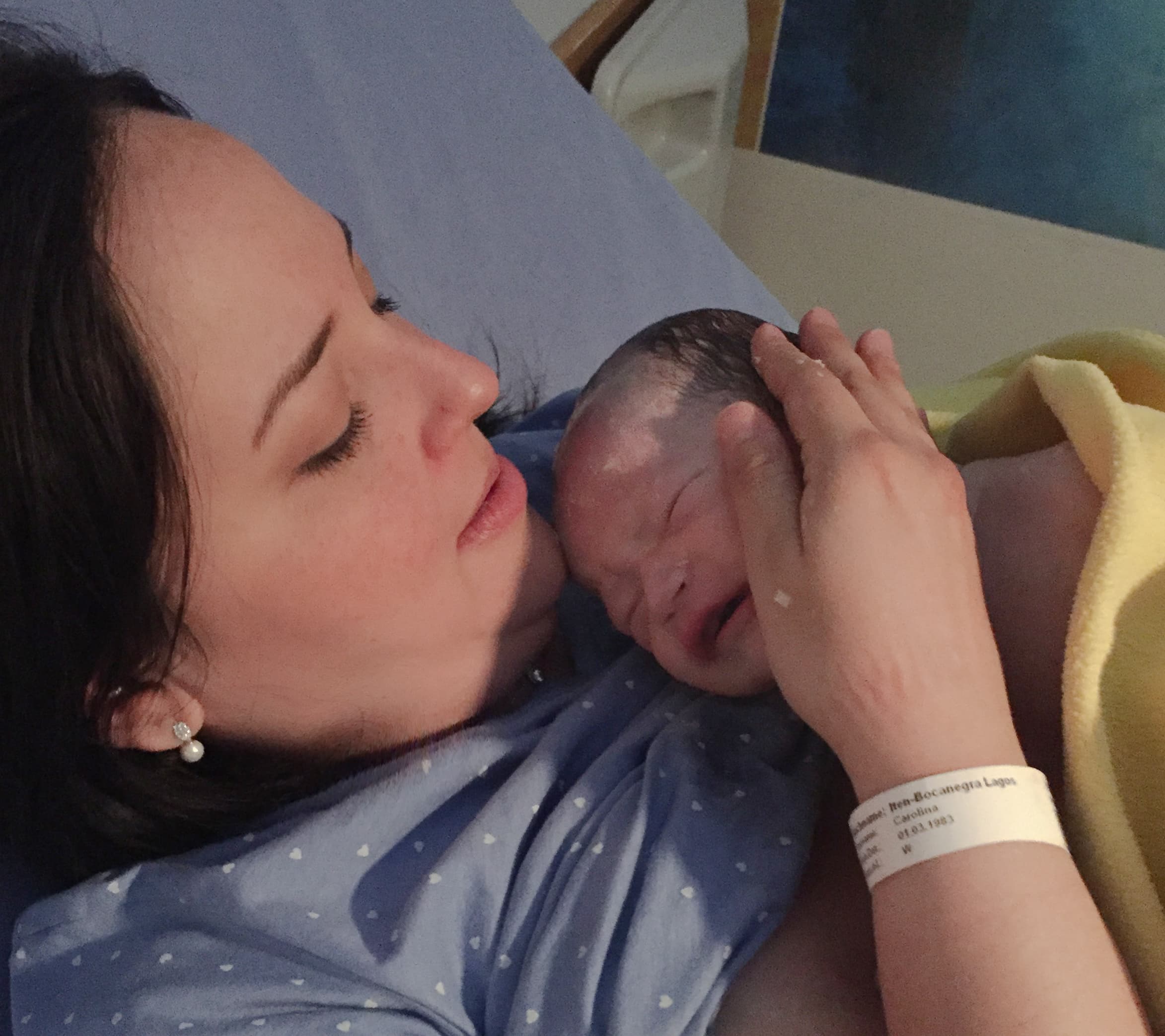
On March 23rd, 2018 I was induced since my baby was overdue and was moving less than usual.
The 5 hour storm of contractions I had was unbearable and no dilation was happening. I decided to have a labor epidural, not knowing that was going to be the start of a living hell. The epidural punctured my dura and left me with severe post dural puncture headache (PDPH) that led to chronic intracranial hypotension lasting 3 years. The moment I was punctured I started to feel sick, and my neck and back were very stiff. I still don’t understand how I was able to give birth naturally to my son in that condition.
The moment I stood up, after my baby’s delivery and the epidural catheter was removed, my head felt like an explosion, and I had the physical need to lay down. It was the most horrible pain I have ever experienced. It was an extremely painful, frustrating time made all the more traumatic by the fact that I had just given birth. I was bedridden, disabled and unable to get the medical care that I so badly needed. It was so sad to not be able to take care of my baby and bond properly with him as I had wished and imagined.
I was bedridden, disabled and unable to get the medical care that I so badly needed. It was so sad to not be able to take care of my baby and bond properly with him as I had wished and imagined.
My treatment
The labor epidural (CSE: Combined Spinal Epidural) I was given in March 2018 left me with a spinal CSF leak. Four days after giving birth I received my first blood patch, which alleviated my symptoms for a few hours. I was told there was nothing more that could be done for me and I was sent home with the instructions to consume expressos and rest as much as possible.
Sadly, my condition deteriorated considerably over the next few days and I returned to the same hospital. After begging for treatment I was able to get an emergency low volume second patch. Once again, I experienced temporary relief of my symptoms which unfortunately, only lasted a very short time. After that, I was bedridden most of the time and confused but realised I had to focus on my search for answers.
In July 2018 I discovered an expert team in Switzerland specializing in this area. Under their care, I received my third blood patch but this time it was guided. This sent me into severe rebound intracranial hypertension which lasted for eight months. Since I was breastfeeding, I was only allowed to take Diamox in very low doses for a short period of time.
Sadly, more difficulties started to appear as my symptoms no longer exhibited a clear pattern. In June 2020 I had an infusion test which left me back in debilitating low pressure, to the point where I was unable to be upright for longer than twenty seconds. A week later, I underwent a myelogram and a fourth guided blood patch which thankfully allowed me to be upright for a longer period of time. However, I was still in a lot of pain as I dealt with fluctuations in pressure from high to low. This continued for around two months until I finally landed in low pressure, with a maximal upright time of two hours in a row on good days. This remained the situation until my life-changing surgery in February 2021.
In summary, the four blood patches that I received during these three years never gave me any real or lasting relief. Any benefit was transient, lasting only hours or days. I endured rebound intracranial hypertension, waxing and waning pressure issues, relapse episodes...in other words, my journey was a roller coaster.
The dural puncture from the epidural caused a fragile arachnoid bleb that probably kept re-leaking (even if my images never showed CSF escaping out of the bleb). This nonreversible anatomic change of my dura would have never healed without surgery. The only brain image that showed signs of intracranial hypotension was the one done after giving birth, all other brain images showed, according to the Bern SIH Score, a low probability for intracranial hypotension (score 1). My clinical manifestations were 1:1 to the intracranial hypotension list of main symptoms except when I had rebound high pressure or fluctuations. I was lucky that my bleb was shown in the images because these are hard to catch on MRI.
I had successful exploratory spine surgery in February 2021 in Bern, Switzerland. The recovery also had ups and downs, but I noticed I was able to stay up for longer periods of time and felt better while walking which was new to me, so this gave me hope I was going in the right direction. My brain fog disappeared (which was an amazing relief) and so did all other intracranial hypotension symptoms like constant nausea and ear sounds and the horrific occipital pain. I developed mild intracranial hypertension which seems to be greatly influenced by external factors such as the weather and hormone changes. Thankfully, most of the days it’s manageable and I don’t need to take medication for it (except on some days I might need pain killers). In general, fifteen months after surgery, I would say that I have recovered around 85%-90% of my health back. I don’t suffer anymore, I am sealed and healed from my leak, and I know my body needs time to heal the remaining rebound high pressure (RHP) symptoms. If I stay like this, I have gained a lot and I can live happily with it. I am truly grateful to be able to enjoy life again and accept my new reality. It is wonderful to feel free from the horrendous time I spent imprisoned in my own body.
How was my life affected?
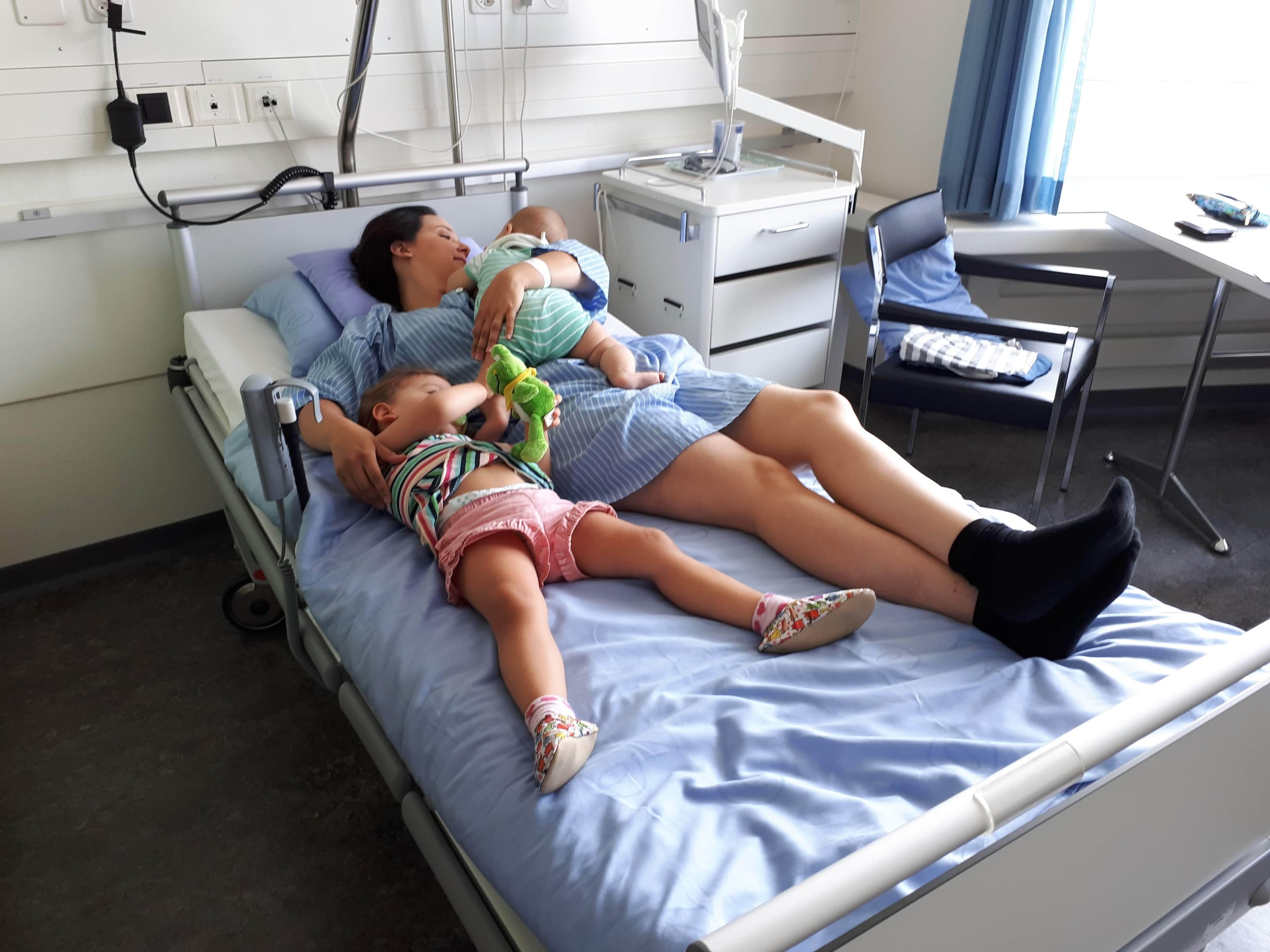
The leak uprooted my life in a second and put it on hold for three years. This was not easy to deal with. Although I am a very resilient and solution-oriented person, three years with this condition was highly traumatic and painful. My quality of life was significantly affected in different areas: my financial situation was deteriorating due to the inability to work, I lost important relationships, and I couldn't enjoy a social life. I felt I was unable to fulfill my role as a mother as I wanted because it was very hard to take care of two small kids in that condition. Small everyday things were only possible to do in an enormous amount of pain, so the daily frustration I felt at home and around the people I care for was difficult to manage. I was not able to cook or exercise. I had to push myself to try and dissociate my mind from the physical pain. This was the only way I could somehow function and care for my children. I also couldn’t visit my family in Honduras, so I haven’t seen them since 2018 and I had to put aside my career aspirations after so much hard work and years of investment in my education. After surgery, I realized I was surviving.
Despite all the negative aspects mentioned above, going through such difficulties helped me to develop an everyday mindset in my life and I never forgot the things that make up me. I learned to appreciate the small things in life and filled my days with a renewed sense of hope, faith, and patience. I was able to discover new talents within myself, motivated by the fact that I didn’t want to miss my kids who are my rock. I started to learn photography online to be able to document their lives with the hope that one day when I was cured, I could replace my painful memories with those pictures in which they look happy and playing despite my condition. This was my pain therapy, and it saved my soul. I still love to photograph and appreciate very deeply the strength it gave me while I was sick.
How is my life after?
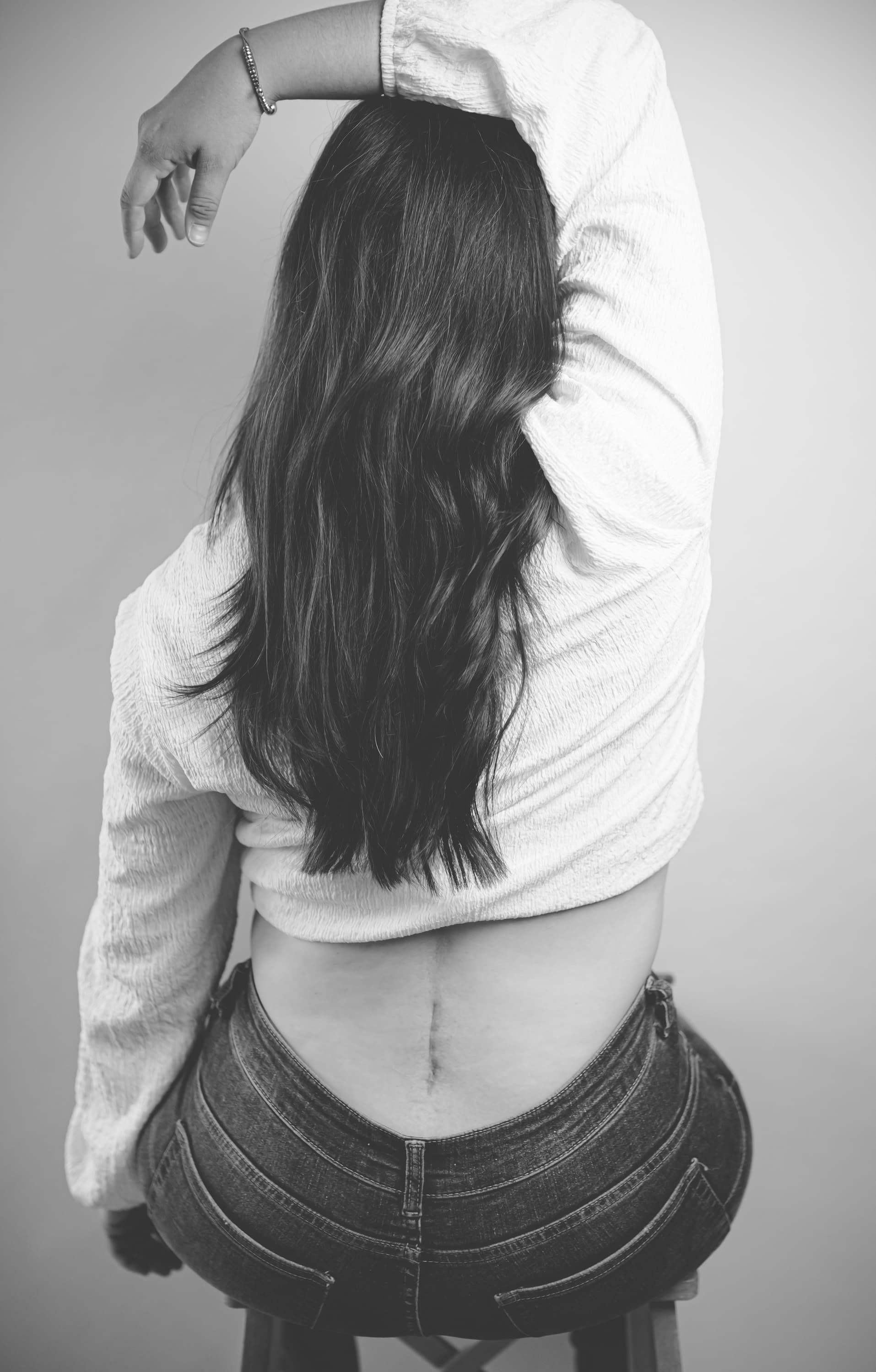
My convalescence took around a year after surgery. It was not only physical healing, my soul and my mind also needed to recover. A lot of the suffering and pain had to be processed. I also had to build up my cognitive skills before searching for a job, so I followed some courses. I feel grateful to have found a perfect job to restart and rebuild my career in the area I am specialized in: International Development Cooperation. I am able to work over 32 hours per week and as a result, my career and finances aren't at risk anymore. I am enjoying my kids without feeling so sick, I can cook and bake again, I can take care of my home with some minimal restrictions, I am starting a social life again, I can dance, travel and basically be active a whole day without needing to lay down. I am thankful for my life and health. I can think clearly and since surgery, I try to do daily walks which reminds me how lucky I am to be able to be upright and healed from a spinal CSF Leak. I live more conscientiously and still adopt a positive mindset. It helps me to reduce stress and live my life with more freedom but it’s nice to know I can think of a tomorrow liberated from the daily pain I had during those years. It is a huge relief to be healed! I am deeply thankful to the neurosurgeon who treated me for taking my case seriously and having given me the opportunity of a second life. I feel motivated to help and advocate for other patients suffering from this condition and truly hope the diagnosis and treatment of this condition can significantly improve in the near future.
2025 Update - Four years after surgery
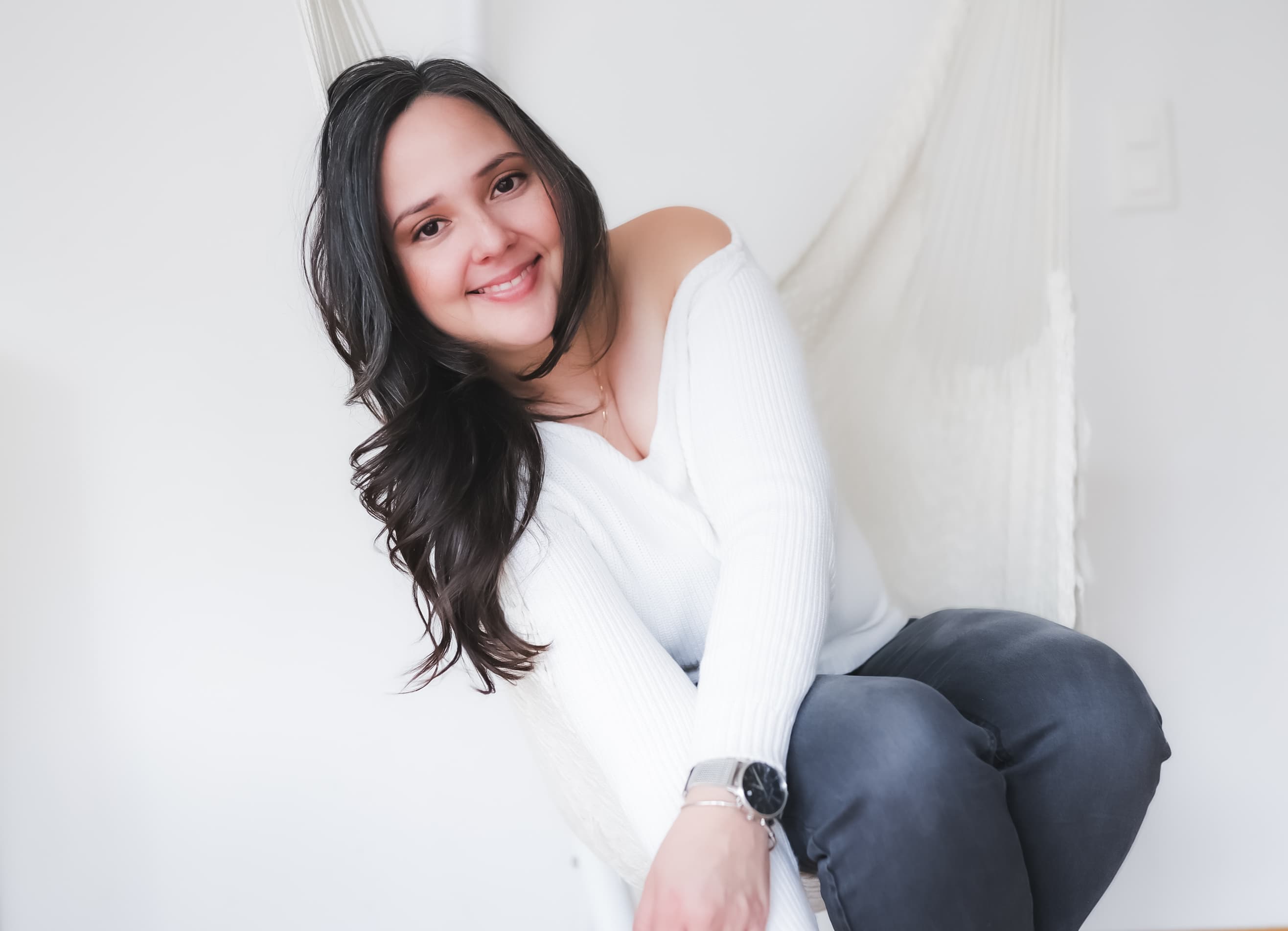
My journey to recovery has been long and challenging but today, four years after surgery I feel whole, healed and have regained my quality of life.
Despite the overwhelming challenges, I never gave up and step by step I explored every avenue to find the right path to targeted treatment and healing. The love for my children and the fierce desire to be there for them fuelled my resilience. The turning point came when I found the right medical support, leading to a successful spinal surgery in 2021 that significantly improved my symptoms. But recovery, as I soon learned is never a straightforward journey. There were setbacks, frustrations and moments of doubt along the way. Yet, with time the bad days became fewer, and the good days became more frequent. As the weeks, months and seasons progressed, I gradually reached a point of stability. After a year of convalescence, I returned to work, travelled and began rebuilding my social and professional life. Photography, which was a therapeutic way to cope during those difficult years remains a central part of my life. On the other hand, my marriage came to an end due to multiple factors. I now embrace it as part of my journey forward in life - a change that has brought me peace and clarity while I was healing.
I still work as an executive assistant at a Swiss NGO, my first job after healing. I am also privileged to work part-time at the clinic of Dr. Christian Ulrich, the neurosurgeon who performed my surgery. There I engage in advocacy work, supporting and assisting others affected by iatrogenic leaks. As a peer adviser and research assistant I help connect patients with the medical team, hence contributing meaningfully to patient care. Overtime, I have developed a passion for learning more about the medical field, especially the clinical aspects of chronic PDPH. I hope to contribute to a deeper understanding of this illness, its treatment and outcomes.
Life has certainly come full circle!
Recovery, I soon learned is never a straightforward journey. There were setbacks, frustrations and moments of doubt along the way. Yet, with time the bad days became fewer, and the good days became more frequent.
